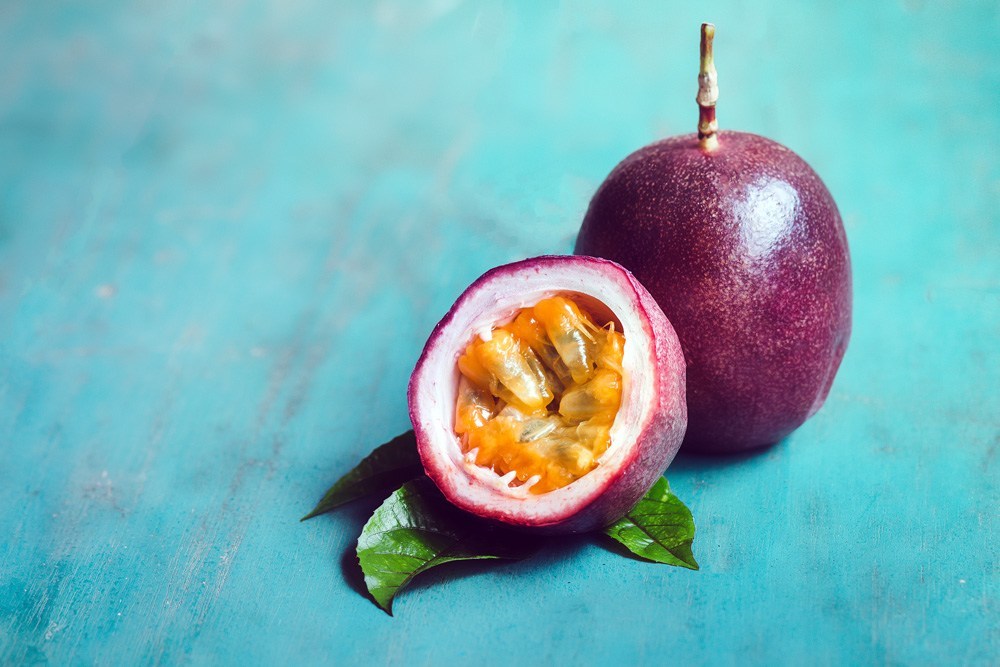Nature Knows and Psionic Success
God provides
6 Benefits of Passion Fruit (Maracuya) & How to Eat It

This tropical fruit has many names and just as many health benefits. It contains powerful antioxidants, speeds up your metabolism, and tastes delicious. Read on to find out whether you should add passion fruit to your diet. Passion fruit is a purple or yellow tropical fruit that grows on the vine of several members of the Passiflora genus, most notably Passiflora edulis . Besides “passion fruit,” it has many names, including maracuya in Spanish, maracuja in Portuguese, and lilikoi or liliko’i in Hawaiian [ R ]. Passion fruits have a tart , almost sour flavor. Unsurprisingly, the fruits get sweeter and less tart the riper they are [ R ]. Passion fruit has a handful of uses in traditional medicine. Among the Kalenjin people of Kenya, pregnant women eat passion fruit to increase their blood volume , help with appetite and digestion, and improve the skin of the baby after birth . In South America, passion fruit is a traditional tonic for anxiety , insomnia , asthma , bronchitis , and urinary tract infection [ R , R ]. The edible part of the passion fruit is the juicy, pulpy interior. Somewhat like a pomegranate , passion fruit has many seeds, each surrounded by a casing of sweet flesh. Passion fruit seeds are edible and contain a powerful antioxidant called piceatannol [ R , R ]. Despite being a healthy and nutritious fruit, most people eat passion fruit for its pleasant flavor. The most important varieties of passion fruit are the purple ( Passiflora edulis f. edulis ) and yellow passion fruit ( Passiflora edulis f. flavicarpa ) [ R , R ]. Of these, the yellow passion fruit is larger, hardier, and more often used for juice production, but the purple passion fruit is sweeter and more aromatic. […]
Click here to view full article
